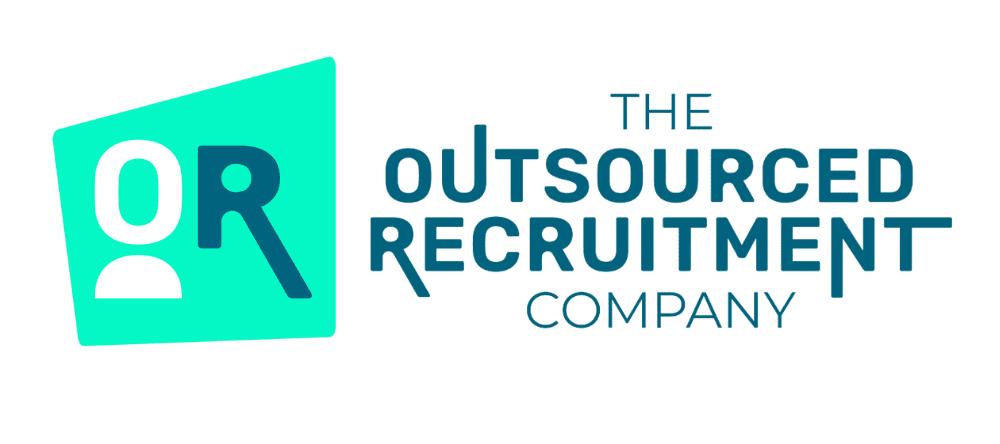Whilst some sectors are starting to see some easing to the talent shortages that many firms have been grappling with, according to a recent Manpower Group report, four out of five employers can’t find the skilled talent they need. It’s still an uphill battle to attract those highly qualified ‘dream’ candidates you know will make a real difference.
And that’s one of the reasons why internal mobility has become a hot topic right now – but is it a silver bullet?
What is internal mobility?
Essentially, we’re talking about identifying those internal candidates hiding in plain sight that may be the answer to your recruitment headaches. The default setting for most firms is to scan the horizon for new hires, rather than engage with existing employees who could be a great fit.
If this sounds like an obvious thing to do, it also needs some careful consideration.

Building a culture that promotes talent mobility can be tricky
Whilst it makes sense to uncover hidden potential within your existing workforce, it’s important that firms don’t pay lip service when it comes to embracing internal mobility or things can backfire. This isn’t a way to trim recruitment costs to save money. It needs to be positioned in a way that genuinely inspires existing staff seeking to advance their careers.
It’s all about fostering a culture that encourages workers to explore new opportunities or discover untapped skills. If the correct structures are not put in place there’s the risk it’s seen as just rhetoric, which can potentially damage your employer brand.
Sadly, according to LinkedIn’s 2023 Workplace Learning Report, only 15% of employees say their organisation encouraged them to move to a new role. This suggests there’s a huge disconnect here that needs addressing.

Employers need to embrace a talent-first approach (based on skills) that gives employees control, so they don’t need to do all the running in terms of identifying the right opportunities in other areas of the business.
Internal communication is a key element here. Companies must consider how employees learn about opportunities in terms of posting jobs on internal career sites as well as providing feedback to internal candidates. Amazingly, research reveals that 52% of companies provide the same experience for internal and external candidates. This can result in your employees feeling negative about their experience which, again, can impact your employer brand. Managing expectations and feedback are everything.
The advantages of adopting internal mobility
- Increases employee retention: There’s no doubt that an effective internal mobility strategy increases employee retention by sending out the message that it’s possible to progress. And facilitating a lateral move can prevent people from becoming stale by trying something different.
- De-risking the chances of making a bad hire: From the employer’s perspective, there’s more certainty around making an internal hire which reduces the risk of making a costly bad hiring decision. Better the devil you know.
- And an element of certainty for employees too: An existing employee knows the business well and understands the culture, so there’s less of a risk involved in switching roles because, as we all know, the grass isn’t always greener!
- Turbocharging your employer brand: Embedding internal mobility as a cornerstone of your talent strategy enhances your employer brand when it comes to encouraging people to look at what’s on offer. Done right, it becomes a magnet as external candidates want to be sure that you’re committed to developing their careers after they join. A robust internal mobility policy is a strong sign when they’re weighing things up. Positive stories about staff doing well help your employer brand internally too.
The negative aspects of internal mobility
- The impact of poor execution: On the other hand, if there isn’t buy-in across the business, then there’s potential for cynicism to creep in as workers sense that real career progression is a pipe dream. The policy needs to infiltrate through the entire organisation. Silos and talent hoarding can’t be allowed to exist.
- External candidates bringing in a new perspective: Home-grown talent can sometimes lack the specialist skills, ideas, or fresh perspective that an external candidate brings in. For more senior hires, then the industry experience and/or contacts an external hire has counts for a lot when benchmarked against an internal applicant. There’s also diversity to factor in.
- Missing out on industry know-how and innovation: New blood can often help improve best practices or existing processes by bringing fresh eyes to how things are done. It’s easy for businesses to get stuck in their ways or not keep up with technology.

Our final comments
Many recruiters are saying internal mobility will become more of a factor when it comes to shaping talent acquisition strategy over the next few years but it’s not a silver bullet either.
It makes sense for businesses to develop their workforce when external talent is in short supply, but it would also be short sighted to miss out on the wider talent pool available outside.
As always, we’re happy to share our insights about how a blended approach that delivers the best of both worlds might work for you. Just give us a call.

